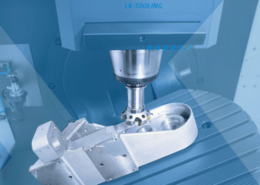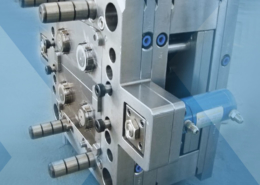
Plastic Molding for Air Conditioning: Innovating Cooling Solutions
Author:gly Date: 2024-06-08
In the realm of modern air conditioning systems, plastic molding plays a pivotal role in shaping the design, performance, and efficiency of cooling solutions. This article explores the fascinating intersection of plastic molding and air conditioning, offering insights into its significance, applications, technological advancements, and future prospects.
Unveiling the Nexus: Plastic Molding and Air Conditioning
The fusion of plastic molding techniques with air conditioning technologies heralds a new era of innovation and optimization in the HVAC industry. By leveraging the versatility, durability, and cost-effectiveness of plastics, manufacturers are able to create intricate components and systems that enhance the performance and functionality of air conditioning units.
Evolution of Plastic Molding in HVAC
The evolution of plastic molding techniques in the HVAC sector mirrors the broader advancements in manufacturing processes and materials. From traditional injection molding to advanced techniques like blow molding and thermoforming, each iteration has contributed to the refinement and diversification of air conditioning components, ranging from ductwork to housing units.
Market Trends and Demand Drivers
Market trends and demand drivers, such as increasing urbanization, climate change, and energy efficiency regulations, underscore the growing significance of plastic molding for air conditioning. As the demand for sustainable cooling solutions rises, manufacturers are compelled to innovate and integrate plastic components that optimize energy consumption, reduce environmental impact, and enhance user comfort.
Optimizing Performance: Plastic Molding for Key Components
Plastic molding techniques are employed in the fabrication of various key components within air conditioning systems, each contributing to overall performance and efficiency.
Air Ducts and Vents
Air ducts and vents are essential conduits for delivering conditioned air throughout indoor spaces. Plastic molding enables the production of lightweight, corrosion-resistant ductwork that minimizes air leakage, improves airflow distribution, and enhances indoor air quality.
Housing Units and Casings
Housing units and casings enclose critical components such as compressors, condensers, and evaporators, protecting them from environmental factors and ensuring optimal performance. Plastic molding offers design flexibility and durability, allowing for the creation of sleek, compact enclosures that optimize space utilization and facilitate ease of installation and maintenance.
Advancements in Material Science: Enhancing Durability and Efficiency
Advancements in material science have paved the way for the development of specialized polymers and composites tailored to the rigorous demands of air conditioning applications.
High-Performance Polymers
High-performance polymers, such as polyphenylene sulfide (PPS) and polyether ether ketone (PEEK), exhibit exceptional heat resistance, chemical stability, and mechanical strength, making them ideal candidates for components subjected to high temperatures and harsh operating conditions.
Composite Materials
Composite materials, comprising a combination of plastics, fibers, and additives, offer enhanced strength-to-weight ratios, thermal insulation properties, and corrosion resistance. By harnessing the synergistic effects of different materials, manufacturers can engineer components that withstand the rigors of long-term operation while minimizing energy losses and maintenance requirements.
Future Perspectives and Emerging Trends
Looking ahead, the convergence of plastic molding and air conditioning is poised to drive further innovation and disruption in the HVAC industry.
Integration of Smart Technologies
The integration of smart technologies, such as IoT-enabled sensors, predictive analytics, and remote monitoring systems, enhances the functionality and efficiency of air conditioning systems. Plastic molding facilitates the seamless integration of these technologies into component design, enabling real-time performance optimization, predictive maintenance, and energy management.
Sustainable Solutions and Circular Economy Principles
The adoption of sustainable solutions and circular economy principles is imperative for mitigating the environmental impact of air conditioning systems. Plastic molding enables the production of recyclable, eco-friendly components that promote resource conservation, waste reduction, and end-of-life recyclability, aligning with the broader goals of sustainability and climate resilience.
Conclusion: Shaping the Future of Cooling Technologies
In conclusion, plastic molding plays a transformative role in advancing the performance, sustainability, and innovation of air conditioning systems. By harnessing the synergies between plastic molding techniques and HVAC technologies, manufacturers can create cutting-edge solutions that optimize energy efficiency, enhance user comfort, and reduce environmental footprint. Embracing a collaborative approach and continuous innovation, the future of plastic molding for air conditioning holds immense promise in shaping a cooler, greener, and more sustainable world.
GETTING A QUOTE WITH LK-MOULD IS FREE AND SIMPLE.
FIND MORE OF OUR SERVICES:

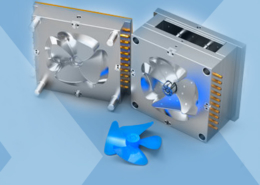
Plastic Molding
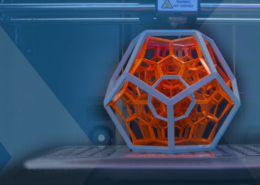
Rapid Prototyping
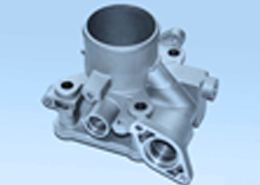
Pressure Die Casting
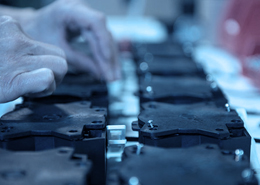
Parts Assembly
